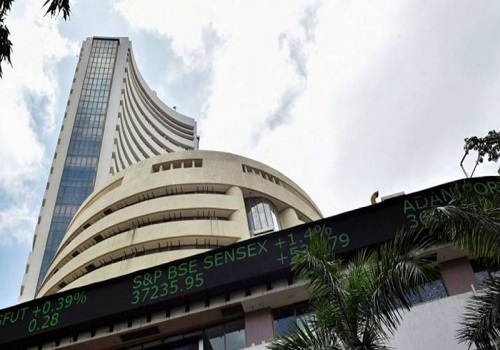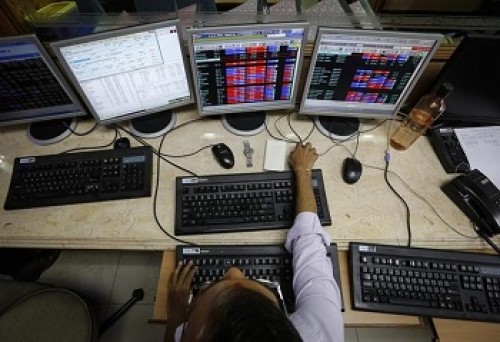View on The FED begins its Normalisation By Arvind Chari,Quantum Advisors

Follow us Now on Telegram ! Get daily 10 - 12 important updates on Business, Finance and Investment. Join our Telegram Channel
Below are View on The FED begins its Normalisation By Arvind Chari, CIO, Quantum Advisors
The FED begins its Normalisation
Given that rates are at zero, any increase in the FED Funds rate from the current level to about 1.25%-1.5% should be seen as ‘normalisation’. These are not rate hikes in the traditional sense of it.
These are adjustments to the changed reality. Global central bankers reacted to the pandemic by cutting rates and adding liquidity. With economies recovering better than anticipated and the world learning to love with the pandemic it is time to focus on managing inflation.
Markets have already priced in this eventuality that the US FED will hike its FED funds rates in almost all meetings in 2022 and the start of 2023. What Is seen as a positive is that despite this normalisation, the FED expects real GDP growth to remain above 2.5% and more importantly, expects the unemployment rate to remain at the current level of 3.5%. So no hard landing at all.
That, if true, is extremely encouraging for the stock markets and hence maybe explains the short-term positive reaction to the FED lift-off.
Of course, things will not be a straight line. The market will get served with curveballs as usual. We are still not done with COVID, we do not know the outcome of the Russia-Ukraine skirmish and hence we cannot predict the outcome of commodity prices and hence inflation.
The real scare would be in the middle of this year when the FED announces its plan for the Quantitative Tightening (QT). If the FED is actually going to sell treasury bonds to reduce its balance sheet, that will lead to higher US bond yields and can cause volatility in emerging markets.
The prospect of a FED hiking cycle tends to be beneficial for emerging markets in the initial part if it is done based on strong growth prospects. Given that in this cycle, inflation is the bigger worry, we might see certain periods of extreme negative sentiments towards emerging market assets in a risk-off phase. Investors should be cognizant and prepared for that given that the cycle is forecasted to see +200 bps in rate increases by the FED.
As we wrote in our recent note,
High Oil and commodity prices do induce some short-term vulnerability and complicate the case for the RBI’s monetary policy conduct.
However, despite sustained selling by foreign investors in the equity markets and wider monthly trade deficits, the Indian bond, currency, and equity markets have remained reasonably well-behaved.
India is not as ‘fragile’ as it was in 2012. The corporate, household, and bank balance sheets are much better than before.
More importantly, the RBI with its +USD 600 billion hordes of foreign exchange reserves is in a good position to manage volatility in the currency markets.
The RBI will also begin its monetary policy normalisation and we have maintained that the best way to play that is by allocating to short-term funds liquid funds to benefit from the rise in interest rates.
Do read the series for a detailed read on various aspects related to the Indian debt market
The Quantum Value Equity team sees the stock market correction due to the current issues as an opportunity to add/increase your long-term allocation to Indian equities.
The market correction is leading to valuations getting palatable and they are adding on to their cyclically tilted value portfolio.
There may be short-term hiccups given the uncertainty on the geopolitical front. There will also be volatility in market expectations due to the tight spot that Central banks find themselves.
However, we do see , which will drive economic growth and corporate earnings in the medium term.
Above views are of the author and not of the website kindly read disclaimer












 320-x-100_uti_gold.jpg" alt="Advertisement">
320-x-100_uti_gold.jpg" alt="Advertisement">












